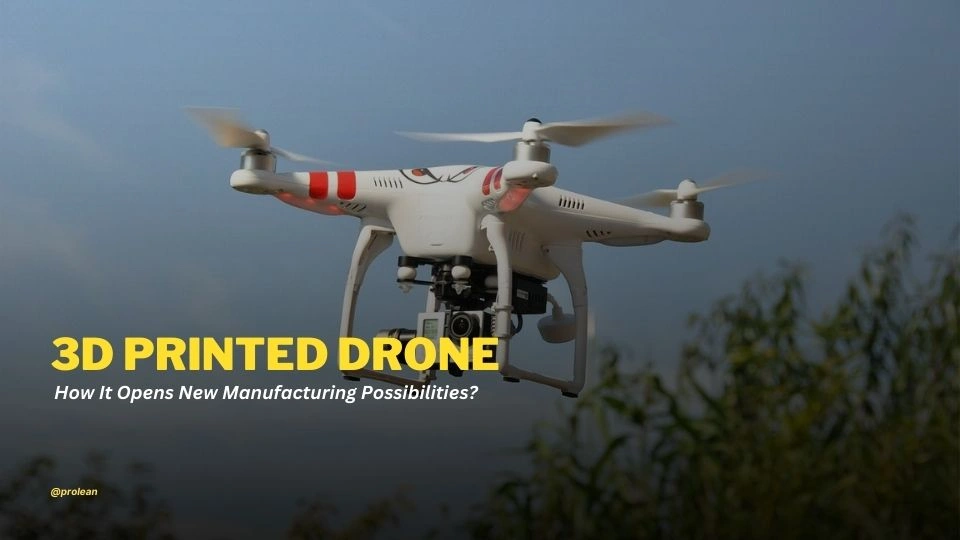
3D Printed Drone
Drone Manufacturing is becoming more popular these days. Market analysts project that the drone business will reach beyond $44.32 billion from 2018 to 2025, starting at $14 billion in 2018. The market is expected to experience significant growth of up to $93.1. billion in 2029. As the market grows rapidly, competitors must accept innovative solutions that 3D printing represents perfectly.
3D printing technology continues to influence drone development. Drones are expanding into FPV racing, disaster relief, delivery, and reconnaissance services. The technology allows drones to achieve optimum performance capabilities and develops unique applications for their implementation. Aside from this, it shortens both the invention phase and the manufacturing expenses. Moreover, it enables producers to experiment freely by developing imaginative drone system designs. Drone technology receives exciting new applications because of these designed solutions.
Read this guide to explore drone production methods through 3D printing, from design to final assembly, and learn how to construct your own 3D-printed drone.
Rapid Prototyping Drones with 3D Printing
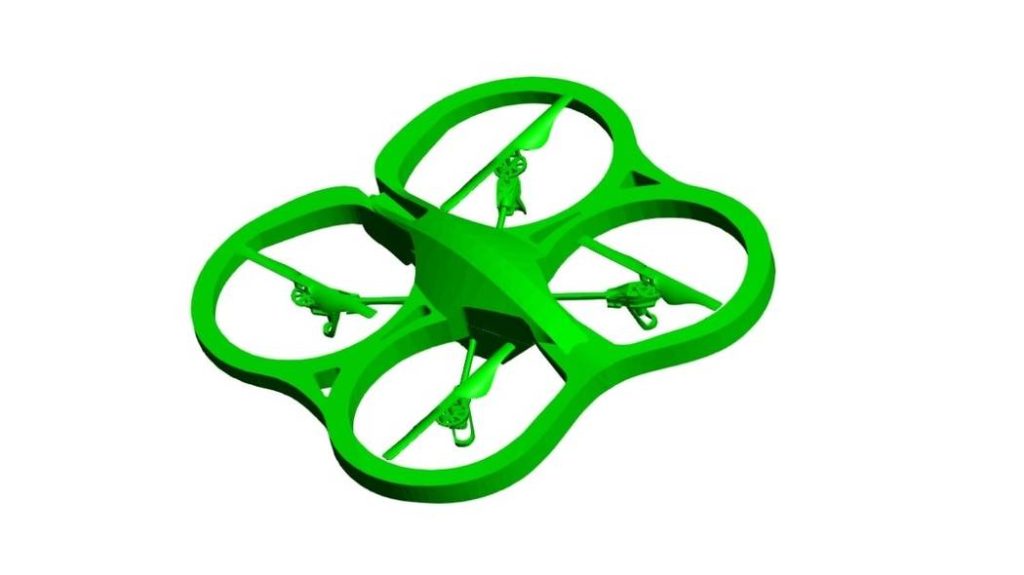
3D Printed Drone Prototype
The design practice has evolved because of 3D printed drones. Analyzing potential issues in new design features is no longer necessary and takes multiple days to complete. Advanced capability 3D printing drone manufacturing technology enables rapid production of prototype parts, allowing quick testing during minimal waste stages. Drone manufacturers can design accurate interchangeable components through 3D printing instead of costly and lengthy molded solutions.
Let’s take a case: the development of the MRB-1 drone involved a 3D printer that helped create the engine housing and drone winglets and produced a scaled-down drone model for improved design evaluations. The resulting 3D printing procedure enabled them to evaluate quickly before iterating their product design.
The development cycle becomes faster when using 3D technologies during production. The production of new components takes only a few hours, reducing development time between concepts and operational prototypes by several weeks. The functional model of the MRB-1 required only four weeks to progress from the initial design concept to the operational prototype.
Money conservation accompanies time reduction as one of the main benefits of 3D printing. Using editable CAD files through file-sharing systems enables users to produce design variants and duplicates without starting new initiatives. The reduced costs through this technology enable more research teams to develop innovations at affordable rates.
During development, the U.S. Marine Corps spent around $600 to manufacture its drone design. A ready-made Raven drone that fulfilled their requirements would cost up to $30,000. 3D printing technology reduces drone development costs, which helps researchers and scientists become more creative and experimental in their drone prototypes
Try Prolean Now!
On-Demand 3D Printed Drones Replacement Parts

3D Printed Drone Overview
The knowledge of drone design and enthusiasm reveal that part replacement requires significant expense and technical expertise. Drone crashes frequently arise due to adverse weather conditions, human mistakes, and obstacles like trees, resulting in costly maintenance expenses.
3D printers simplify the process of component replacement. Until they adopted 3D printing technology, the Marine Corps spent $8,000 on each replacement of damaged wing sections on their high-performance drones. The price of drone part replacement using 3D printing technology amounts to merely 0.1% of traditional costs. Therefore, repairs become cheaper and operationally efficient.
What Are The New Frontiers in 3D Printing Drone Design? Case Scenarios
Through 3D printing applications, drone designers can access new design possibilities without being bound by them. The developers can create novel and innovative designs that exceed traditional quadcopter drone architecture. The development of 3D printing for industrial applications has enabled the construction of drones that could not have been constructed previously.
The Zelator

Airbus Zelator-28 Drone
The Zelator is an exceptional entry that captured the first-place prize at the 2016 Airbus Cargo Drone Challenge. This drone can transport small medical supplies and other cargo through remote locations. The Zelator adopts a fixed-wing configuration; its body components originate from 3D printing procedures. The drone achieves high flight capabilities in harsh circumstances while maintaining resilience in adverse weather conditions.
The X VEIN
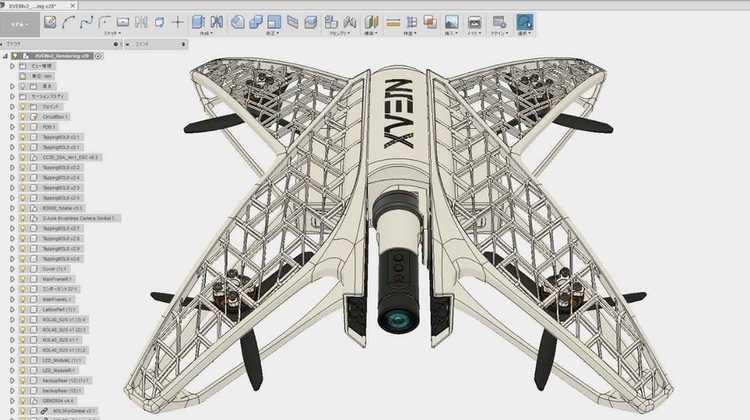
X VEIN Drone
The disaster relief drone X VEIN is an excellent example of a 3D-printed aircraft. The drone exhibits longer endurance with a strengthened structure and protective guards to protect its propellers. The system encompasses components that increase durability in crash situations. The X VEIN’s 3-dimensional printing technology allows the production of its structural lattice, which cannot be achieved through any other technique. The novel design creates superior operational capacity alongside custom design features.
The X VEIN’s lattice design is a perfect example of 3D printing capability. The design software permits modifications to density and structure levels, allowing users to make highly specialized parts. Conventional manufacturing processes make such outcomes virtually impossible.
Larger drones grab most of the public’s attention. However, small drone models possess significant developmental potential. The Piccolissimo drone manufactured by UPenn ranks as one of the tiniest drones humans have ever produced. Its miniature size is 24.26mm in diameter and weighs 2.5g.
3D technology enables operations in restrictive areas and restricted zones that drones and human workers cannot access, such as nuclear reactor spaces. It makes it possible for such drones to maintain their tiny dimensions and lightweight structure. The ability to develop a small drone platform exists solely through 3D printing technology.
The Piccolissimo Drone
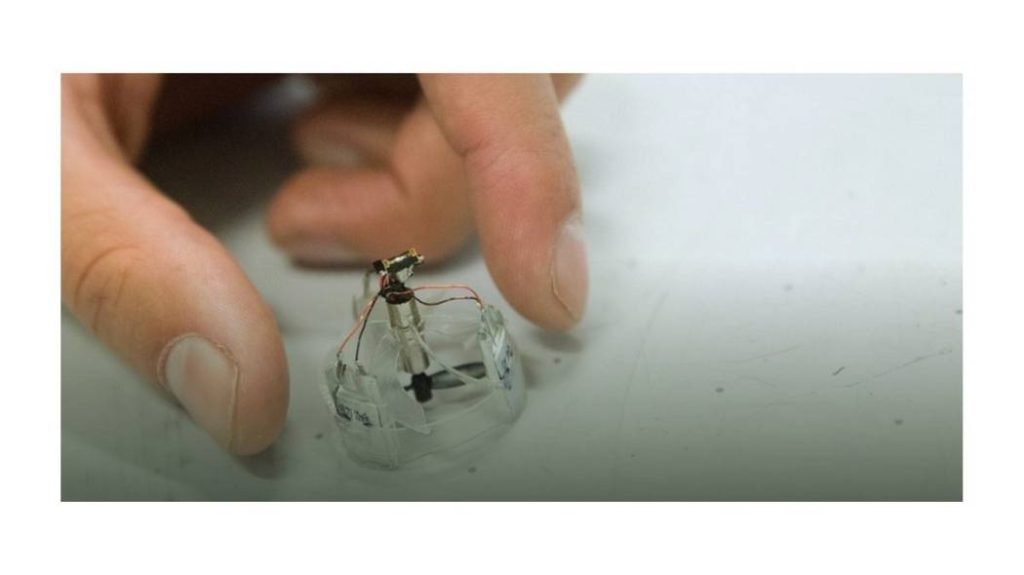
Piccolissimo Drone
The Piccolissimo drone provides insights into the technological developments in swarm robotics. The potential of using 3D-printed drones exists for executing search and rescue operations. The deployment of many small drones enables unsafe territory exploration because these drones perform duties that neither humans nor larger drones can manage. Such technological advances will dramatically improve rescue operations through swifter and safer execution. It hopefully serves beneficial purposes since its use in Black Mirror displays frightening drone applications.
The field of drone design continues to advance rapidly during this thrilling period of 3D printing. 3D printing allows faster part substitution and completely new drone designs at reduced costs while remaining more flexible. Your ideas for drone innovation will reach reality through your ability to extend drone capabilities. Prolean Tech ensures that your drone parts are designed and manufactured with high structural integrity and framework. Our parts are built to perform reliably in harsh conditions.
Read more: 3D Printing vs. Injection Molding
Try Prolean Now!
DIY 3d Printed Drone Project: How Can You Build Your 3D Printed Drone?
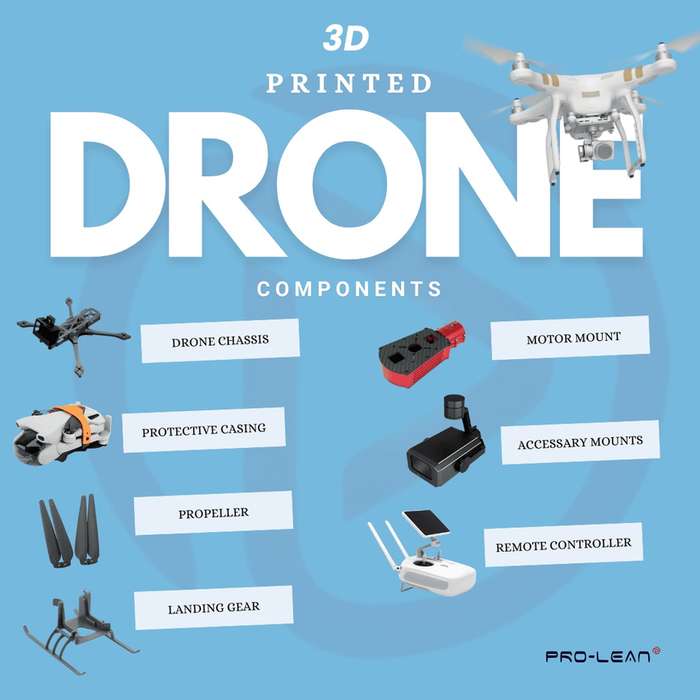
Infographic: 3d Printed Drone Components
The process of creating your 3D-printed drone has become exceedingly straightforward. 3D printing systems can print significant drone components, while electronics remain the only exception. The drone construct comprises fundamental components.
- Chassis material
- Protective casing
- Propellers
- Landing gear
- Motor mounts
- Accessory mounts (for sensors or cameras)
- Remote control
- Power source housing
Online resource platforms provide multiple open-source designs for you to start your drone-building project. The online platform Pinshape presents users with numerous ready-to-print drone elements and accessories for purchase. Customization options permit users to design their drone components and parts, which they can make application-specific. The internet features three distinctive communities known as RC Groups, DIY Drones, and Reddit, providing valuable support, innovative ideas, and creative inspiration.
Drone users who want to print their drones can use different types of 3D technology. Fused Deposition Modeling (FDM) is one popular method, while Stereolithography (SLA) and Selective Laser Sintering (SLS) are the other popular techniques. Your choice depends on how you need your drone to perform since different requirements require different traits.
SLS 3D Printing offers precise printing capabilities with numerous material possibilities among its various options. It stands out as the optimal technology for manufacturing drone components of superior quality. Drone operation exposes machines to physical stress. So, engineers must select materials that demonstrate resilience under compression and stretch while resisting bending. Tough and Durable SLA resins from the family portfolio will meet your requirements for these purposes.
Prolean Tech: Your Partner in 3D Printed Drone Parts
Prolean Tech offers a custom 3D printing service to refine your drone designs. Our 3D technology allows customers to move forward by creating precise, high-quality drone parts quickly and efficiently. We deliver innovative 3D-printed parts and various material options, allowing drone designers to create excellent designs with precise printing outcomes.
Our professional experts enable people to explore an infinite number of drone-building possibilities. Whether you’re a beginner or an expert, our technology allows you to create drone designs you can print and personally pilot.
FAQ’s
Q1. How to Make a 3D Printed Drone?
Making a 3D-printed drone involves a few key steps. First, the drone’s parts are designed using CAD software. Then, choose the right 3D printing material, like PLA or ABS. Print the drone components using a 3D printer. Once the parts are ready, assemble them with motors, sensors, and a flight controller. After assembly, test the drone and make adjustments if needed.
Q2. Can You 3D Print a Drone?
Yes, you can 3D print a drone! Many drone parts, like the frame and propellers, can be easily 3D printed. However, electronics like motors, flight controllers, and batteries must be purchased separately. 3D printing allows you to customize your drone’s design to suit your needs.
Q3. What is the best material for printing drone parts?
ABS or PETG are the best 3D-Printing Plastics for printing drone parts. These materials are durable, lightweight, and resistant to heat, making them ideal for drone components. ABS is strong and can handle impacts well. On the other hand, PETG offers flexibility and strength with excellent layer adhesion.
Q4. What Filament to Use for Drones?
For drones, the most recommended filament is PETG or ABS. PETG is rigid and offers a tremendous strength-to-weight ratio. ABS is another option, especially if you need higher durability. PLA can also be used for lightweight drones but is less durable under stress.

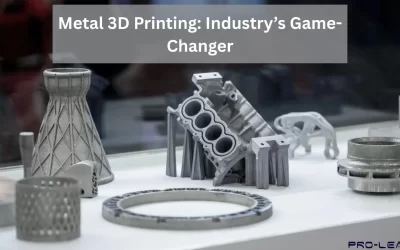

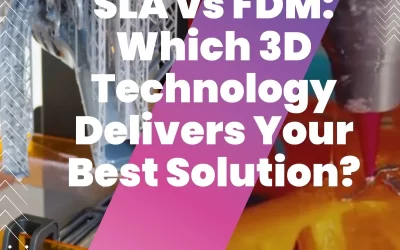
0 Comments